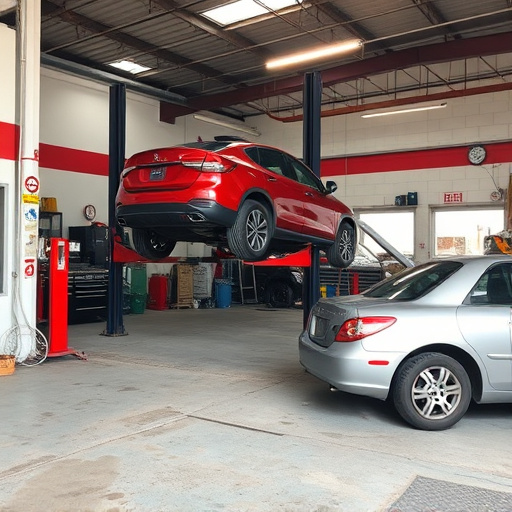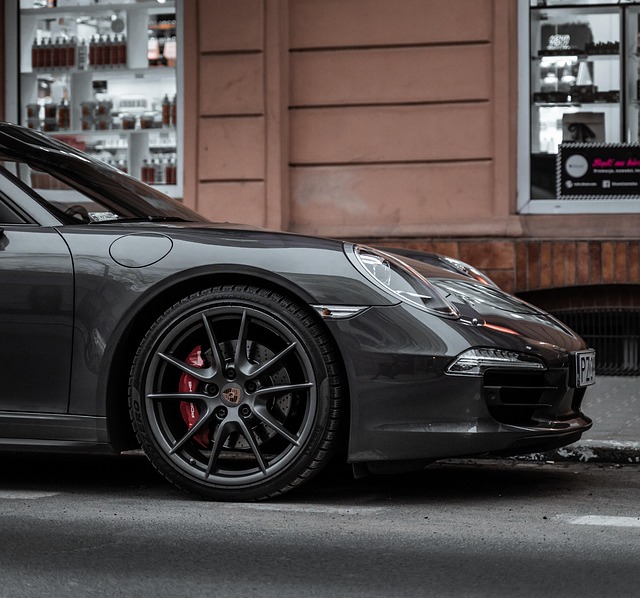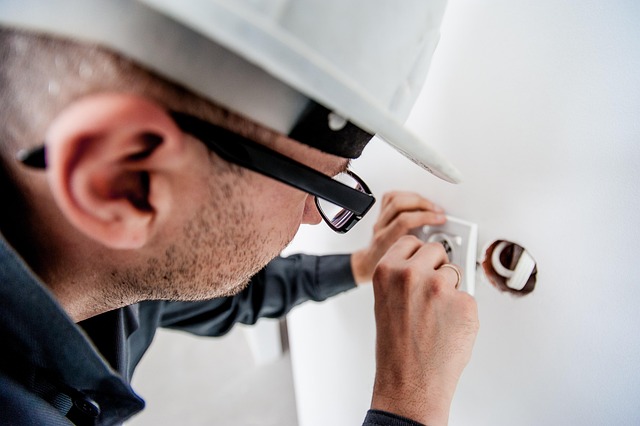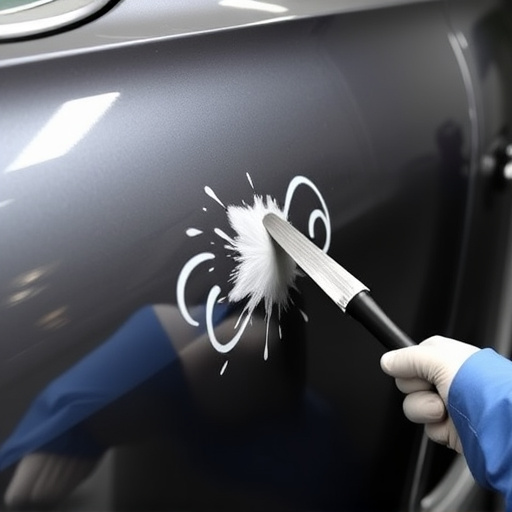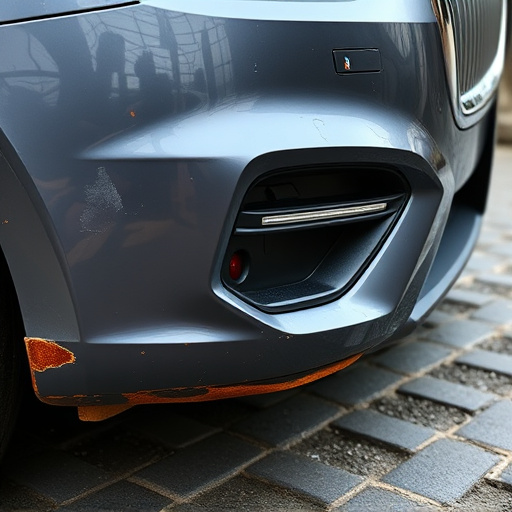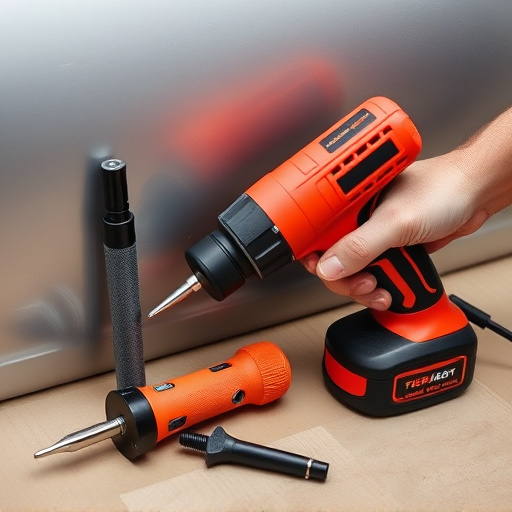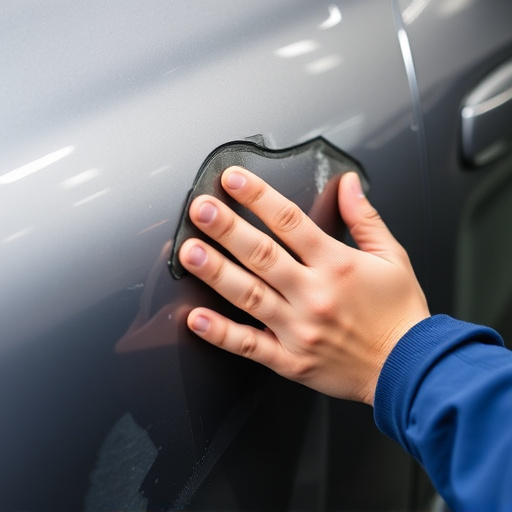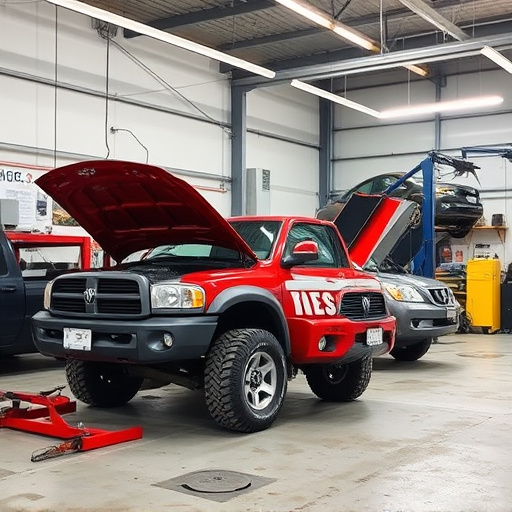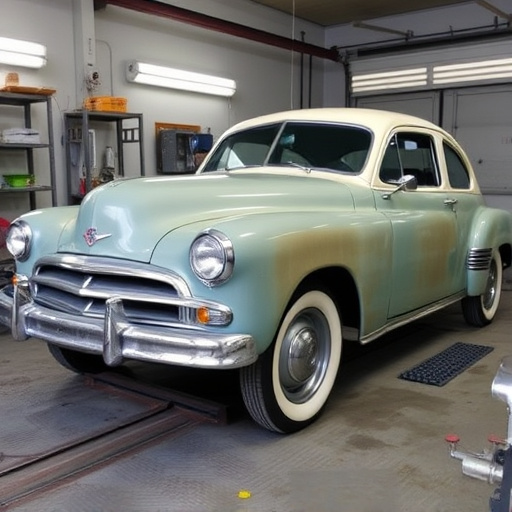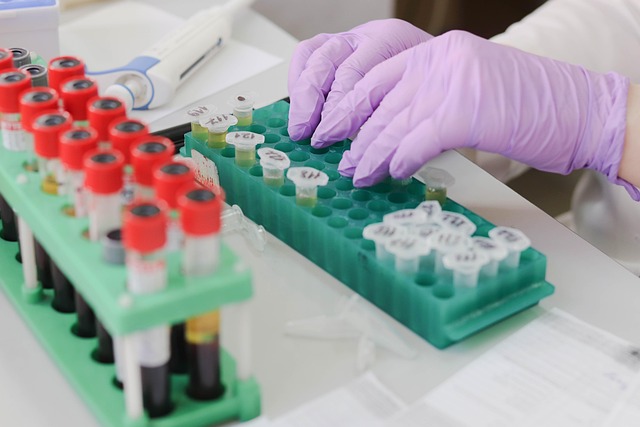Mercedes night vision calibration is a vital process using thermal imaging to optimize low-light safety features. Specialized targets mimic heat signatures for accurate testing and detection of anomalies, ensuring collision repair professionals maintain system integrity during routine checks and repairs. This meticulous procedure enhances depth perception and aids paintless dent repair by improving visibility in dimly lit areas.
Mercedes Night Vision Calibration: Unveiling Road Safety with Thermal Imaging. Modern automobiles, especially Mercedes models, are equipped with advanced driver-assistance systems (ADAS), including night vision technology. This innovative feature enhances visibility in low-light conditions using infrared cameras. To ensure optimal performance, accurate calibration is essential. Here, we explore the significance of Mercedes night vision calibration and how thermal imaging plays a pivotal role in this process, improving overall driving safety.
- Understanding Mercedes Night Vision Technology
- The Role of Thermal Imaging in Calibration
- Step-by-Step Calibration Process and Benefits
Understanding Mercedes Night Vision Technology
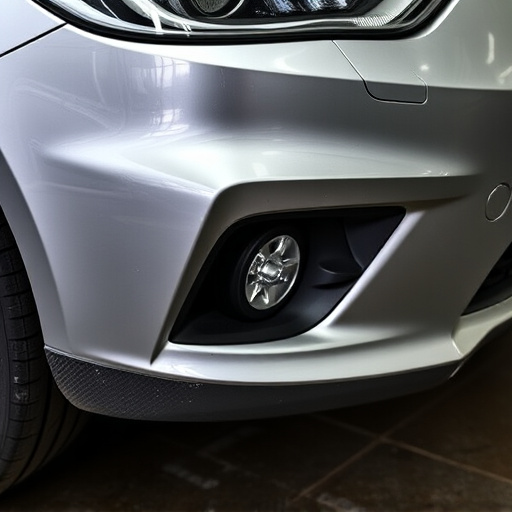
Mercedes night vision technology is a cutting-edge safety feature designed to enhance driver visibility during low-light conditions, such as nighttime driving or in areas with poor lighting. This advanced system uses a combination of high-resolution cameras and thermal imaging sensors to detect and project images onto the road ahead. The primary goal of Mercedes night vision calibration is to ensure optimal performance and accuracy, allowing drivers to navigate safely and confidently.
Through precise calibration, the system can accurately interpret and display temperatures, which are crucial for identifying objects like pedestrians or wildlife. This is achieved by integrating specialized thermal imaging targets during testing phases. These targets mimic real-world scenarios, enabling Mercedes engineers to fine-tune the night vision system’s settings, including image brightness, contrast, and clarity. Such meticulous calibration not only improves overall performance but also plays a significant role in enhancing car paint services and maintaining the integrity of the vehicle’s bodywork, ensuring drivers are alert to potential hazards even in challenging conditions.
The Role of Thermal Imaging in Calibration
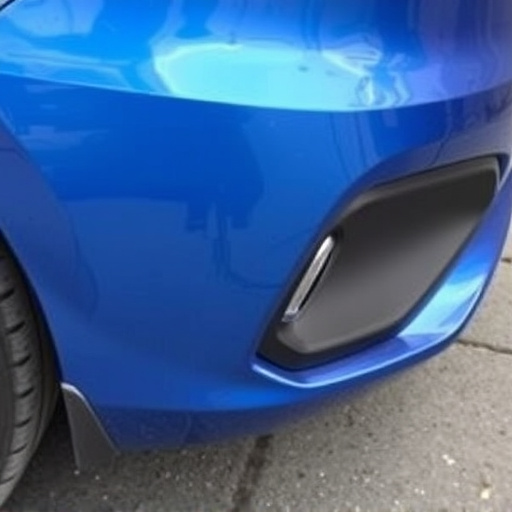
Thermal imaging plays a pivotal role in Mercedes night vision calibration, ensuring advanced driver assistance systems (ADAS) operate at peak performance. By simulating real-world driving conditions using specialized thermal imaging targets, mechanics can accurately test and calibrate vehicles’ night vision capabilities. These targets mimic heat signatures of common road obstacles, pedestrians, and animals, allowing the system to detect and interpret them effectively under low-light or dark conditions.
This meticulous process is crucial for collision repair and auto maintenance professionals who specialize in car bodywork services. It helps identify any discrepancies or anomalies in the Mercedes night vision system, ensuring it functions optimally for driver safety. By leveraging thermal imaging technology, these experts can enhance the overall performance and reliability of the vehicle’s advanced safety features during routine service checks and repairs.
Step-by-Step Calibration Process and Benefits
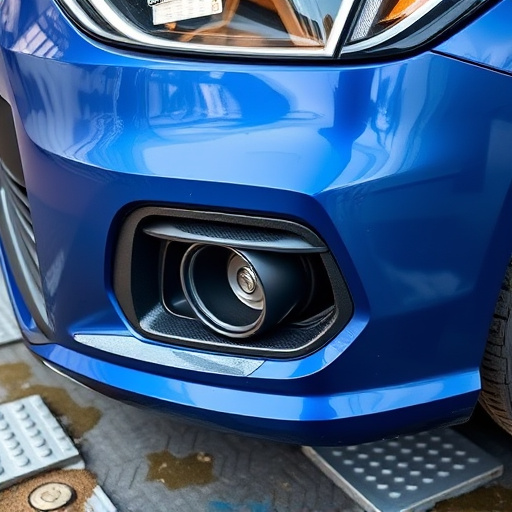
The Mercedes night vision calibration process involves a meticulous step-by-step approach to ensure optimal performance and safety for the vehicle’s advanced driver-assistance systems (ADAS). It begins with the preparation of specialized thermal imaging targets, which are strategically placed to mimic real-world scenarios. These targets help the calibration system understand and interpret various obstacles and road conditions in darkness.
Next, the car is positioned under controlled lighting conditions, often using a dark room or tunnel. The calibration software activates the vehicle’s night vision system, capturing images of the thermal imaging targets from different angles and distances. This data is then analyzed to adjust and fine-tune the camera settings, ensuring accurate depth perception and object detection. The entire process benefits from advanced algorithms that can quickly identify and rectify any deviations, enhancing the car’s ability to navigate safely in low-light conditions. This calibration not only improves Mercedes night vision capabilities but also has indirect advantages for paintless dent repair and car restoration techniques by enabling better visibility during delicate tasks in dimly lit environments.
Mercedes night vision calibration, utilizing thermal imaging targets, is a meticulous process that enhances driver safety by optimizing the vehicle’s advanced technology. By employing thermal imaging, engineers can accurately calibrate the system, ensuring it performs optimally in low-light conditions. This step-by-step procedure not only improves visibility but also showcases Mercedes’ commitment to delivering cutting-edge, safe driving experiences.
